Thousands of years ago, engineers in Egypt, Mesopotamia and India used only logs and planks to build bridges across rivers. During the Roman period, they combined stone and concrete to create strong, heavy-duty bridges.
Today, bridges span not only rivers but also oceans, withstand storms and carry high-speed trains. However, while technology has advanced, the industry is facing a serious labor shortage crisis.

Human resource gap and risk of construction slowdown
According to data from the Federal Reserve Bank of Richmond (USA), labor productivity in construction has decreased by more than 30% from 1970 to 2020. This year, the industry needs about 439,000 more workers to meet domestic demand.
“Not only is the demand for infrastructure increasing, but the number of people leaving the profession is also increasing, while the rate of entry is decreasing,” warned Dr. Feniosky Peña-Mora, President of the American Society of Civil Engineers (ASCE), in an interview with Interesting Engineering.
According to him, the US Bureau of Labor Statistics predicts that each year from 2024 to 2034 there will be about 23,600 civil engineering positions that need to be replaced due to retirement or career changes.
This is an urgent challenge and it is important to monitor this trend “because the shortage of human resources directly affects the transfer of knowledge and the progress of national infrastructure,” Peña-Mora said.
Robots enter the construction site
Amid labor shortages, contractors are turning to robotics, automation, and modularization to keep up with the pace. China will complete the world’s longest single-tower suspension bridge in 2022, built by a team of robots, while Norway will unveil the Ya Bridge over the Ya River, the world’s first bridge to weld steel using laser robots.
“In Norway, the Ya Bridge is considered a new milestone in the use of digital twins and automated assembly processes,” Peña-Mora said, adding that the ABC-UTC laboratories are developing robots to produce ultra-durable concrete beams, which will help reduce production time and improve quality.
“Robotic welding is key to ensuring quality, productivity and low costs. We can simply send prefabricated parts from Northern Finland to the manufacturer Prodtex in Norway,” added Fredrik Lindqvist, regional engineering manager for SSAB, which supplied the steel for the Ya Bridge.
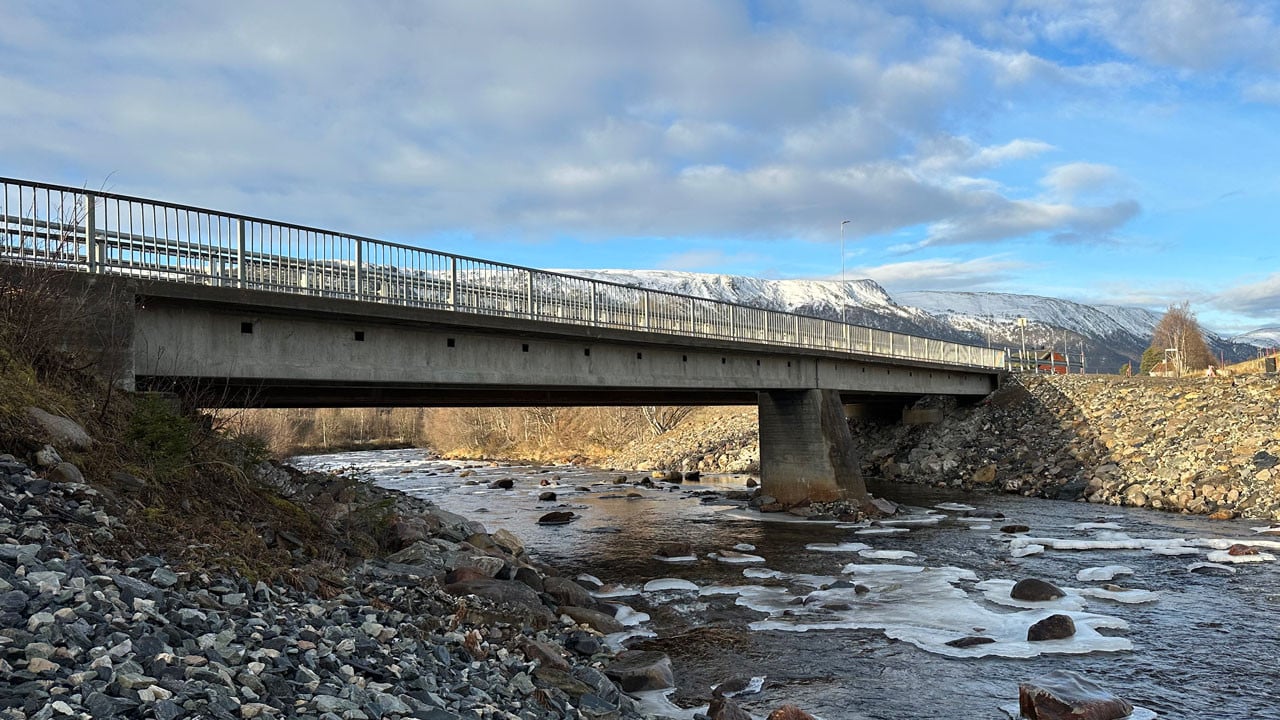
When asked what tasks in bridge construction machines can do better today – whether dangerous, repetitive or requiring high precision – Dr. Peña-Mora said robots have taken over many dangerous tasks. They can autonomously inspect areas that are difficult for humans to reach, such as under bridge spans or above water.
According to him, robots can now tie steel, weld steel structures (as in the Ya Bridge project), and inspect bridges using infrared technology, radar and sound sensors.
In addition, they perform cleaning and monitoring of the structure, to detect early signs of damage or deterioration.
However, he asserted that human engineers are still superior to machines thanks to their ability to judge, adapt flexibly and balance social, environmental and economic factors in design.
“Humans have so far had an edge in creativity and problem-solving in complex, constrained situations,” he points out.
Currently, AI is assisting in report writing, bridge design, and project planning optimization. In the future, AI could “simulate multiple engineers at the same time during the evaluation phase,” increasing the accuracy and speed of design.
What qualities do future engineers need?
The application of AI in bridge construction projects is still in its infancy, with most tools remaining at the pilot testing stage.
However, the construction industry needs to invest more heavily in training, process adjustment and trust building, so that technology becomes a support tool rather than a replacement for humans.
According to Dr. Feniosky Peña-Mora, this transition is gradual, but the direction is clear: hybrid systems that combine human judgment and machine precision will increasingly become the norm.
The future of the industry, he stressed, is increasingly deep collaboration between humans and machines.
Meanwhile, SSAB's Fredrik Lindqvist said there are still many technical and regulatory barriers preventing full automation.
He explained that current Eurocode and national regulations still restrict the use of high-strength steel – a key material for robotic bridge construction.
Peña-Mora also proposed developing modular robots that could be remotely controlled, allowing bridge construction to be carried out without large-scale road closures, while increasing safety and efficiency.
He believes that future engineers need to be properly trained in AI and new technologies, as they are becoming essential tools in design, evaluation and project management.
“The next generation of bridge engineers will work hand in hand with artificial intelligence and automation,” he said. “Many of the design and layout tasks that young engineers previously had to do manually will now be assisted by AI.”
However, he stressed that future engineers still need judgment, practical experience and the ability to evaluate the results generated by AI. They must be adaptable, think interdisciplinary and ensure that any technical innovation benefits people, the planet and society.
“Future engineers need to be committed to ensuring that every innovation in engineering contributes positively to people, the Earth and society as a whole,” Peña-Mora concludes.
Source: https://vietnamnet.vn/ngay-mai-ai-se-xay-cau-2451231.html


![[Photo] General Secretary attends the parade to celebrate the 80th anniversary of the founding of the Korean Workers' Party](https://vphoto.vietnam.vn/thumb/1200x675/vietnam/resource/IMAGE/2025/10/11/1760150039564_vna-potal-tong-bi-thu-du-le-duyet-binh-ky-niem-80-nam-thanh-lap-dang-lao-dong-trieu-tien-8331994-jpg.webp)



![[Photo] Opening of the World Cultural Festival in Hanoi](https://vphoto.vietnam.vn/thumb/1200x675/vietnam/resource/IMAGE/2025/10/10/1760113426728_ndo_br_lehoi-khaimac-jpg.webp)
![[Photo] Ho Chi Minh City is brilliant with flags and flowers on the eve of the 1st Party Congress, term 2025-2030](https://vphoto.vietnam.vn/thumb/1200x675/vietnam/resource/IMAGE/2025/10/10/1760102923219_ndo_br_thiet-ke-chua-co-ten-43-png.webp)








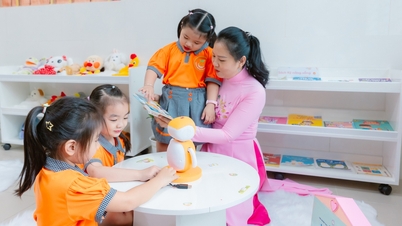







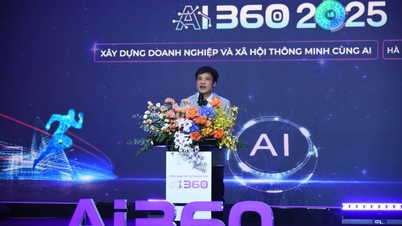





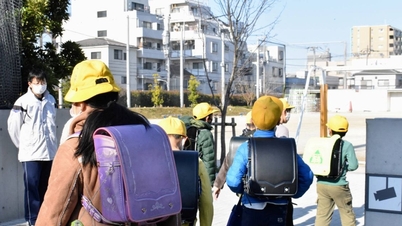











































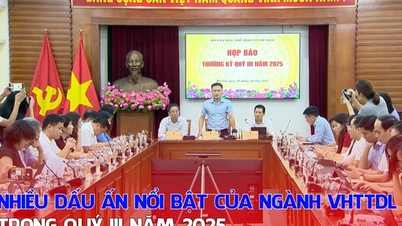





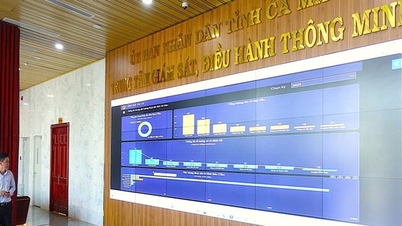




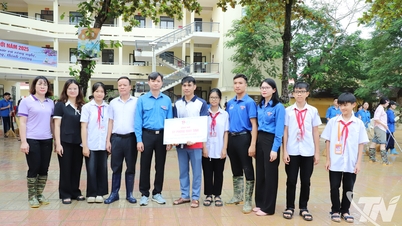


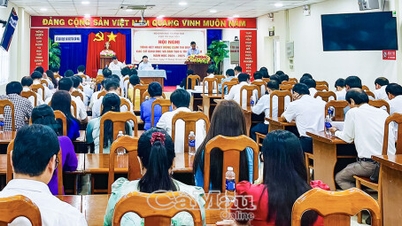

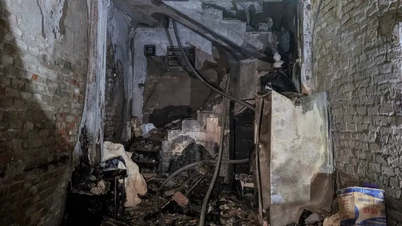















Comment (0)